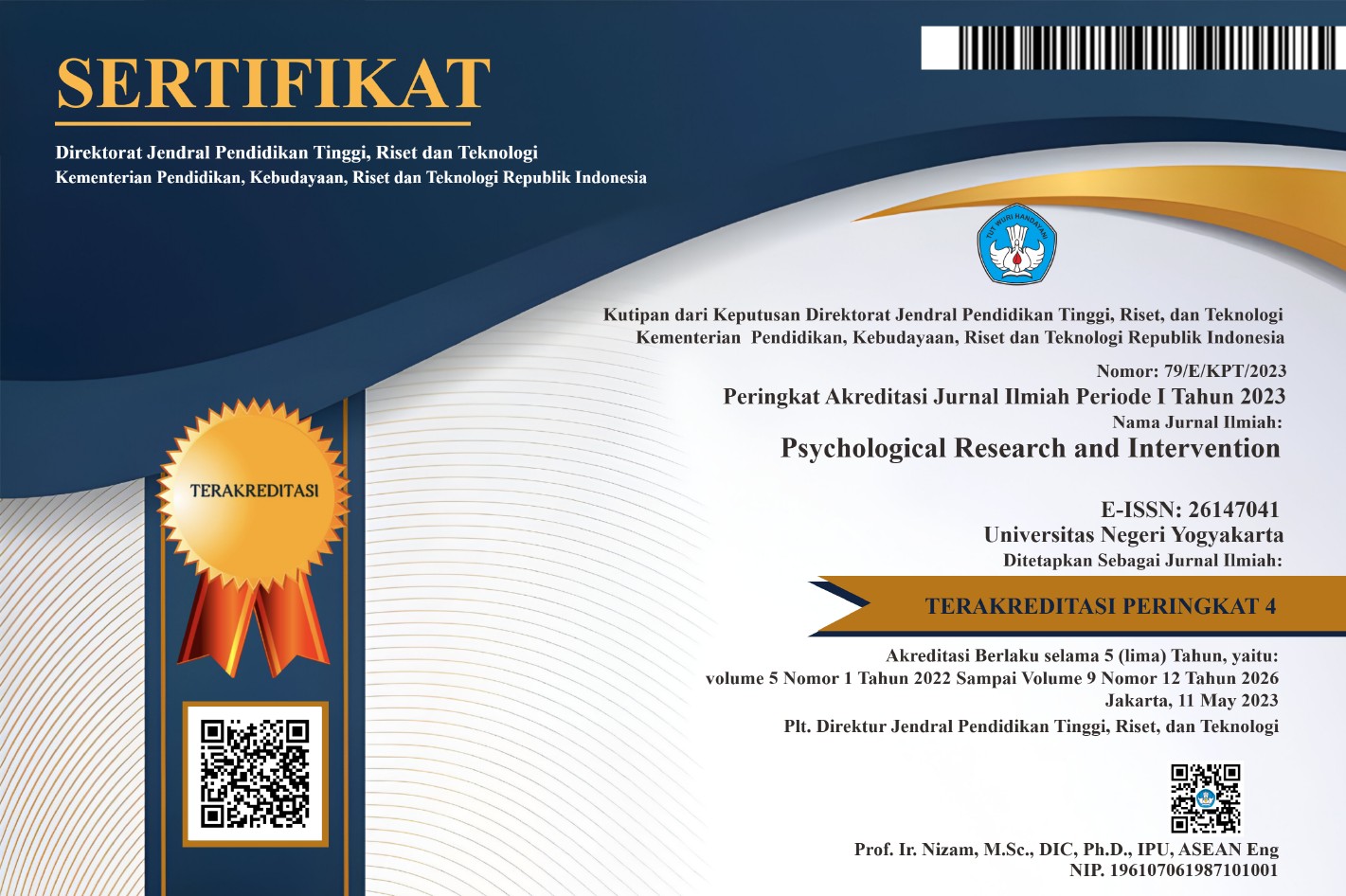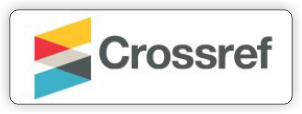Development of an integrated vocational interest website for high school students' career interest assessment
DOI:
https://doi.org/10.21831/pri.v6i2.67709Keywords:
Career Interest, SDS-Holland, Psychological Assessment, Website DevelopmentAbstract
"Wrong major phenomena" are increasingly common these days. One reason is that students do not truly understand their personalities and the activities to which they are naturally inclined. Therefore, assessing career interests is crucial for high school students aspiring to continue their studies at university. Holland's Structure of Interest is one vocational interest construct used for assessment tools that could help solve this problem by identifying interest types that align with job characteristics. Unfortunately, psychological assessment services are limited in Indonesia. Integrated vocational interest website development must be undertaken so that people can access these psychological services more widely and minimize human error. The website development method refers to the ADDIE model (Analysis, Design, Development, Implementation, and Evaluation). A prototype version of the Integrated Vocational Interest website could provide job and major recommendations to students based on their interest types. These results indicate that the vocational interest website has great potential to help students avoid the "wrong major" phenomenon.
References
Ali, R. (2018). "Wrong Majors Phenomenon": a Challenge for Indonesia in Molding Globally Competent Human Resources to Encounter Demographic Dividend. JKAP (Jurnal Kebijakan Dan Administrasi Publik), 22(1), 52. https://doi.org/10.22146/jkap.30242
Behrens, E. L., & Nauta, M. M. (2014). The self"directed search as a stand"alone intervention with college students. The Career Development Quarterly, 62(3), 224-238. https://doi.org/10.1002/j.2161-0045.2014.00081.x
Bolles, R.N. (2012). What Color Is Your Parachute? 2012: A practical manual for job-hunters and career-changers. New York: Ten Speed Press.
Chu, C., Russell, M. T., Hoff, K. A., Jonathan Phan, W. M., & Rounds, J. (2022). What Do Interest Inventories Measure? The Convergence and Content Validity of Four RIASEC Inventories. Journal of Career Assessment, 30(4), 776-801. https://doi.org/10.1177/10690727221081554
Ding, Y., Wang, Q., Hourieh, N., & Yu, Q. (2020). Vocational Personality Types in College Engineering Students in Relation to Academic Achievement. Journal of Employment Counseling, 57(1), 27–47. https://doi.org/10.1002/joec.12136
Dozier, V. C., Sampson, J. P., & Reardon, R. C. (2013). Using Two Different Self- Directed Search (SDS) Interpretive Materials: Implications for Career Assessment. Professional Counselor, 3(2), 67-72. Retrieved from https://eric.ed.gov/?id=EJ1063164
Gall, M. D., & Borg, W. R. (1989). Educational research. A guide for preparing a thesis or dissertation proposal in education. Longman, Inc.
Holland, J.L. (1997). Making Vocational Choices: A theory of vocational personalities and work environments (Third edition). Odessa, FL: Psychological Assessment Resources.
Stinson, R. (2011). What Jobs Pay 2011–2012. Sydney: Yorkcross.
Miller, M. J. (2002). Longitudinal examination of a three-letter holland code. Journal of Employment Counseling, 39(1), 43–48. https://doi.org/10.1002/j.2161-1920.2002.tb00507.x
Poitras, S. C., Guay, F., & Ratelle, C. F. (2011). Using the Self-Directed Search in Research. Journal of Career Development, 39(2), 186–207. https://doi.org/10.1177/0894845310384593
Sauro, J., & Lewis, J. R. (2016). Quantifying the user experience: Practical statistics for user research. Morgan Kaufmann.
Wulandari, P. W., Stella, S., & Sarwilly, I. (2022). Hubungan Ketidaksesuaian Jurusan dengan Stres Mahasiswa Dalam Menjalankan Kegiatan Perkuliahan. Jurnal Interprofesi Kesehatan Indonesia, 1(2), 1–7. https://doi.org/10.53801/jipki.v1i02.9
Zulfikar, F. (2021). 87 Persen Mahasiswa RI Merasa Salah Jurusan, Apa Sebabnya? Retrieved from https://www.detik.com/edu/detikpedia/d-5828770/87-persen-mahasiswa-ri-merasa-salah-jurusan-apa-sebabnya












